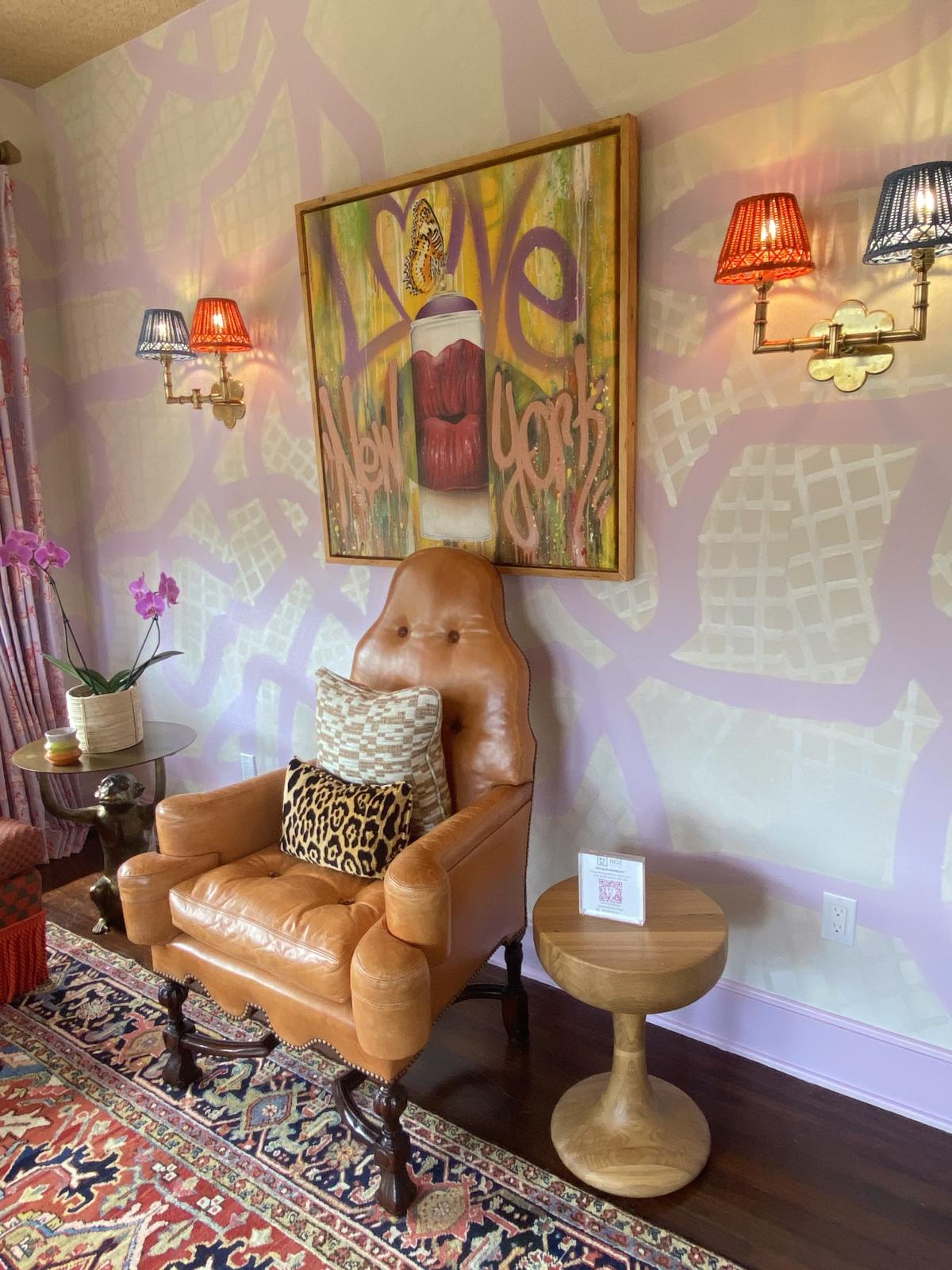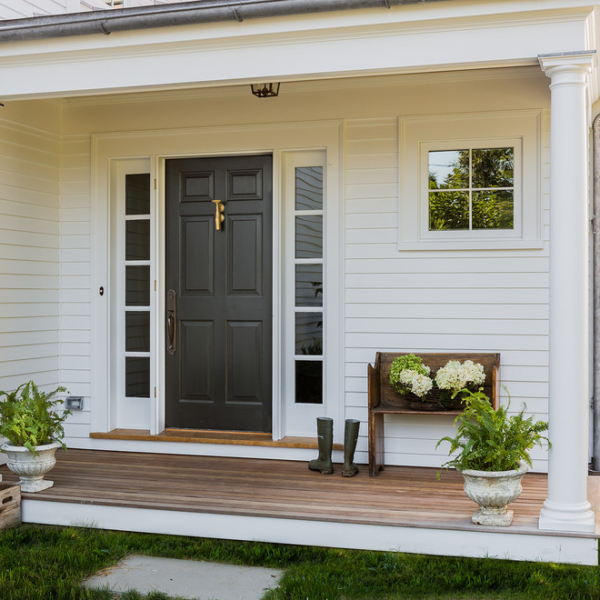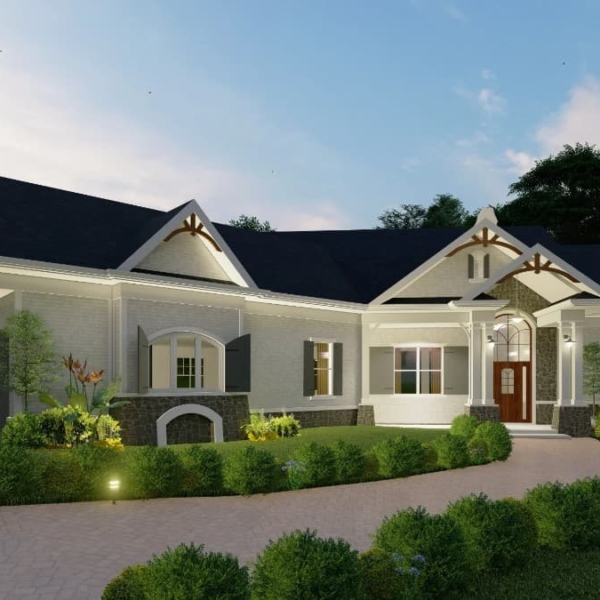Maximizing limited spaces through the creative use of design and decor requires thoughtful planning and innovation. By focusing on both the functionality and aesthetics of a given space, you can transform any area into one that is both stylish and practical.
The key lies in balancing both of these goals to find one that works for your lifestyle and personality. It is possible to create an area that feels open and spacious despite its small size by thinking outside the box and making the best use of your resources.
Decorating small spaces requires you to ensure that every area of the room serves a purpose because there is no room for unused space.
Begin by Evaluating Your Space

Consider the space you have in relation to your lifestyle, goals, and needs for the area as a critical first step in effectively decorating it. Begin by assessing how the space is currently used, identifying areas that are underutilized or cluttered. To determine how the space will best function, consider the area’s layout, natural light, and natural flow of movement. Think about how you can improve the area’s usability and appeal by adding storage or décor.
Utilize Overlooked and Underused Areas

In limited or small spaces, making use of all available space is critical, even if it means taking advantage of awkward corners or other underutilized areas. Thinking creatively allows you to see how to maximize the space’s potential while not making it appear overcrowded.
Corners, under furniture, and vertical wall space are ideal places to add storage or decor that will improve the appearance and functionality of your space. For example, the space beneath the bed can be used for storage containers, whereas vertical walls can be used for storage shelves, wall art, and other decorative items. With over-the-door hooks, even the backs of doors can be useful storage space for towels, bags, and outerwear.
Integrated Seating With Storage Nooks

Integrating seating into underused spaces is a smart and stylish solution for small spaces, combining comfort and practicality. By incorporating seating into underused areas like bay windows, corners, or along walls, you will turn them into spaces for socializing and relaxing. As a bonus, you can hide storage underneath the seating ledge to provide a place for extra items like seasonal decor or out-of-season clothing to help reduce clutter.
This dual approach not only saves space, but it enhances the aesthetic appeal of the room by making it feel more custom and thoughtfully designed. This is a good option for dining and living rooms, but it can also work for kid’s rooms, adult bedrooms, entries, and hallways.
Use Furniture That is Flexible

Flexible furniture transforms rooms with limited space by providing versatility and flexibility, allowing the room to adapt to changing needs and functions. Extendable sofas, modular shelves, and foldable tables will allow you to adjust your space as needed, from hosting guests to adapting your home office.
Look for furniture that can be easily reconfigured or stored to maximize the space’s functionality while remaining clutter-free. Consider furniture with wheels or options that are easy to move so that you can change the layout in real time.
Think Creatively About Layout

Using out-of-the-box ideas to envision your room layout is a way to dramatically improve its function and flow. Rather than sticking to traditional arrangements, consider unconventional room designs that utilize every inch of space. For example, placing furniture diagonally can create more open space and visual interest in some small rooms.
Another strategy is to think about how you can use the key pieces of furniture, the fronts as well as the backs, to create specific zones or areas in the room that make it feel more intentional while still using fewer pieces of furniture. For instance, a desk or console table placed next to a sofa can be used to hide its back and make the sofa more functional when positioned in the middle of the room.
Cohesive Color Scheme

There is no right or wrong when thinking about a color choice for limited spaces, but you must understand your goals and preferences for the room. Light colors will make a small space feel airy and more spacious, while dark colors can make limited space feel cozy and sophisticated.
The best color strategy for small spaces involves using a cohesive color scheme for the entire area. This can include not just the wall color but the molding color and the color scheme of the furniture and decor. Using a cohesive and simple color scheme will make the space feel unfussy and unified.
Maxmize Reflective Surfaces

Maximizing the reflective surfaces in a given area is a common strategy for enhancing small spaces. Mirrors are among the most common tools for making a limited space feel larger. Placed strategically near windows or so that they reflect outdoor views is an excellent way to give a room more depth and natural light.
Beyond mirrors, there are a variety of other reflective surfaces you can use, including surfaces with glass, metal, or glossy wood or lacquered finishes. Glossy tile is another way to reflect light and give a space more texture and dimension.
Hidden Workspaces

Creating a hidden workspace is a clever solution for small rooms with limited space where a dedicated separate workspace may not be practical. By designing workspaces that can be hidden away when you do not need them, you allow for a more flexible room design.
This can be achieved with fold-up desks that are part of larger shelf or cabinet designs, pull-out work stations that can be hidden in drawers, or desks that are integrated into closets. These concealed but dedicated workspaces allow for a focused environment during work hours and a clutter-free living space once the desk is cleared away.
Double-Duty Ceilings

Utilizing the area of the ceiling is an effective strategy for enhancing functionality and visual interest in rooms with limited space. Ceiling-mounted elements, such as hanging storage racks, plants, and even overhead light fixtures, help to free up space on the floor and on the walls. In kitchens and entries, overhead storage units can store everything from pots and pans to coats and bags. Decorative elements like hanging light fixtures can draw the eye upward and make the room feel larger.
Another strategy is to add texture or color to the ceiling. A tompe l’oeil ceiling can give it texture as well as depth. Adding wallpaper or color to the ceiling can give the room more style and visual interest.
Go Clutter Free

Going clutter-free is one of the most effective design ideas for making smaller spaces look their best. This is an easy way to make any space feel larger and more seamless. In a limited space, clutter will quickly overwhelm the room, making them feel cramped and chaotic.
By embracing minimalism in general, or at least ensuring that your surfaces have just a few items, you can concentrate on keeping or displaying only the items that are useful or meaningful to you. Store as much as possible in hidden and closed storage, and make the best use of baskets, boxes, and bins for items that require quick access. Maintain your clutter-free environment by cleaning and organizing on a regular basis.
Layered Lighting

Layered lighting is an excellent design strategy for any room, and it can be particularly effective in improving the ambience and sophistication of small spaces. By combining various types of lighting, such as ambient, task, and accent lighting, you can create a lighting design that makes small spaces more functional and versatile.
In limited areas, it can help to keep the light sources above ground level. Ambient lighting, such as chandeliers or flush-mount fixtures, provides general illumination, whereas task lighting illuminates specific areas, such as above a desk or under counters, for specialized tasks. Accent lighting can be especially useful in small spaces to highlight wall art or unique architectural features while taking the focus away from the small space.


